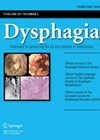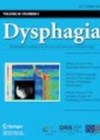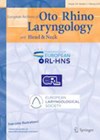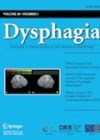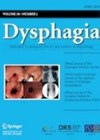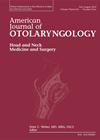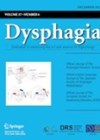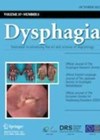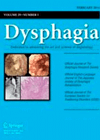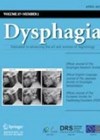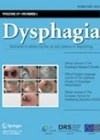
Journal Reviews
Analysing videofluroscopy: does it matter how it’s done?
Videofluoroscopy, as a tool that assesses the process of swallowing, has transformed our understanding of dysphagia. Clinicians can observe the biomechanics of a bolus moving from the oral cavity through the pharynx and oesophagus and into the stomach. Over the...
How common is self-reported dysphagia in the general population?
Healthcare policymakers and commissioners of services often review incidence and prevalence data when deciding on resource allocation. The authors of this paper have capitalised on a large dataset, the Canadian Longitudinal Study on Aging (CLSA), which collects data on over...
Metrics to evaluate post-ACDF dysphagia
The authors performed a literature review to evaluate the current classification metrics for quantifying dysphagia after anterior spine surgery and, specifically, cervical discectomy and fusion (ACDF). They selected 19 articles after reviewing literature from 2005 to 2021. The result of...
Does the appearance, texture, and flavour of food affect how we swallow?
Texture modification and the use of thickened fluids are well-known strategies used to facilitate swallowing in people with dysphagia. However, some controversy exists around thickeners and their possible negative impact on hydration and medication absorption. This paper considers other properties...
Videofluoroscopic swallowing studies: balancing risks and benefits
Videofluoroscopic swallow studies (VFSS) are an important part of the diagnostic toolkit and arguably the current gold-standard for assessing swallow biomechanics and diagnosing dysphagia. However, the procedure does involve exposure to radiation, and any clinician requesting this should be able...
Is a hemithyroidectomy as effective as a total thyroidectomy for compressive symptoms?
The claim made in the title of this paper, that hemithyroidectomy is equally as successful as total thyroidectomy in alleviating compressive symptoms from goitres, is certainly intriguing. And with the inclusion of 45,539 subjects, it would at first glance seem...
Going online with dysphagia practice: potential for innovation post pandemic
Telepractice is perhaps the most widespread service innovation to have received such rapid uptake across health systems globally. Disciplines that started to adopt telehealth prior to the pandemic found themselves at the forefront of a seismic shift to delivering healthcare...
How common is dysphonia and dysphagia after cardiac surgery?
Patients undergoing cardiac surgeries, such as coronary artery bypass (CABG) and valve operations, are usually informed that there may be some risk of laryngeal complications that could result in a dysphonia or dysphagia. This may be due to factors including...
How do objective ratings of swallowing compare with patient-reported dysphagia QOL measures in the head and neck cancer population?
Swallowing may be assessed by a comprehensive battery of tools including instrumental/objective assessments, clinician-rated measures and patient-reported measures. The authors of this paper use secondary analysis to explore concordance between videofluoroscopy and a patient-reported dysphagia quality of life (QOL) measure....
Resolving dysphagia – can we distinguish mild dysphagia from no dysphagia?
Many patients with dysphagia following neurological events can and do experience a resolution of their swallowing difficulties, sometimes without any intervention. However, it is challenging for clinicians to distinguish mild dysphagia from no dysphagia. The question of where to draw...
What characterises dysphagia in unilateral vocal fold impairment?
The closure of the vocal folds during swallowing is known to contribute to airway protection along with epiglottic inversion and closure of the false vocal folds. It is therefore plausible to expect that unilateral vocal fold impairment without complete closure...
Dysphagia in people with HPV-related oropharyngeal cancer
Human papilloma virus (HPV) associated oropharyngeal cancers are becoming much more prevalent and, in some geographic areas, have overtaken tobacco as the leading cause of oropharyngeal cancer. HPV-associated cancers are also reported to have better prognosis in general, and research...

